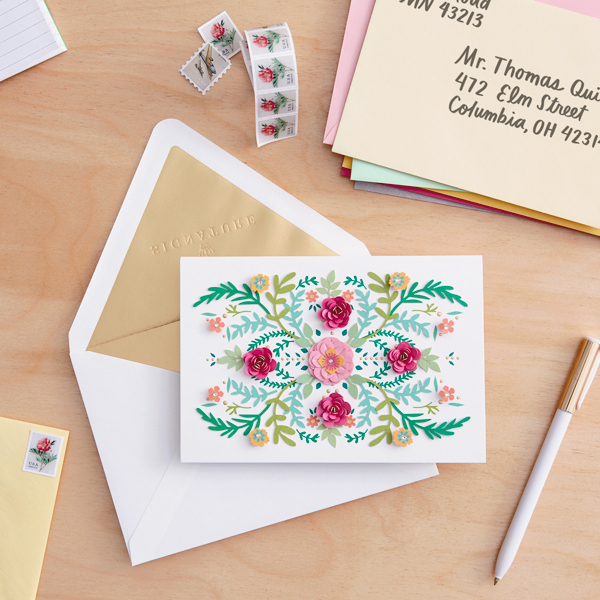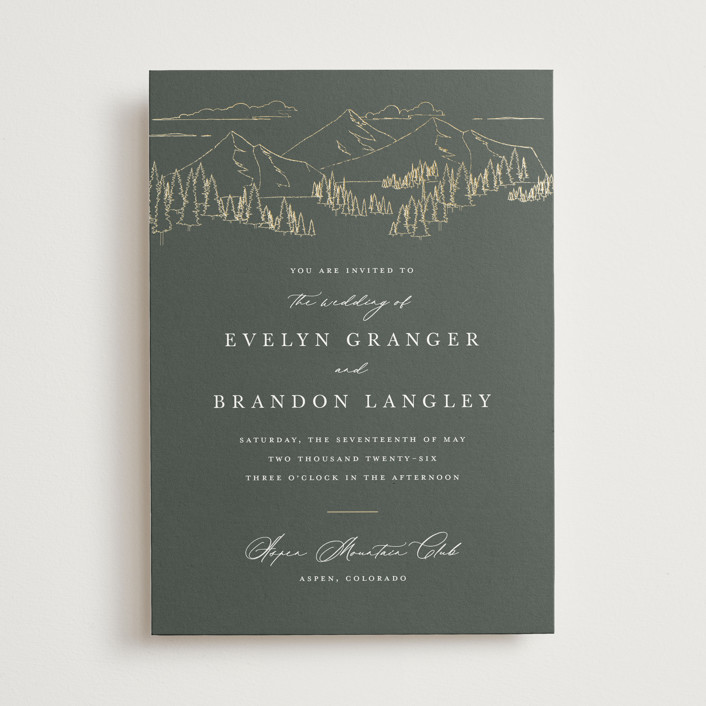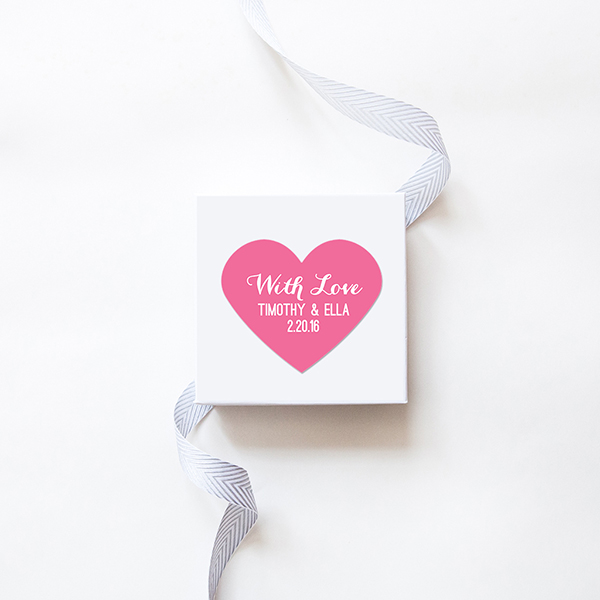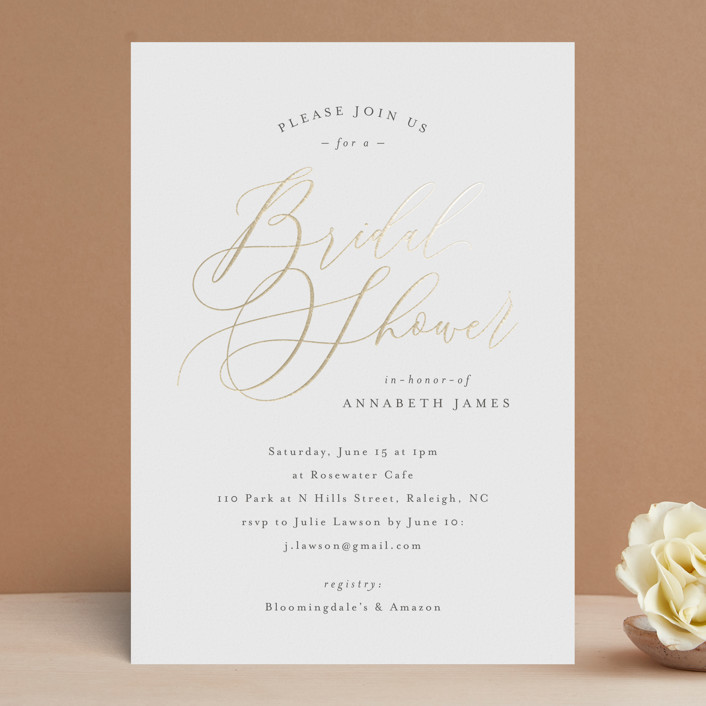I. Introduction Of Wedding Invitation

A. Importance of correctly titling wedding invitation
When it comes to wedding invitation, every detail matters. From the wording to the design, each element contributes to setting the tone for the wedding ceremony. One crucial aspect that often gets overlooked is the correct titling of wedding invitations. The way names are ordered and presented on the invitation carries significant meaning and reflects the couple’s relationship, family values, and societal norms.
B. Significance of the order of names on wedding invitation
The order in which the names of the couple are listed on a wedding invitation is not just a mere convention; it symbolizes tradition, cultural norms, and equality. The positioning of names reveals who is considered the primary host or organizer of the wedding, and it also signifies the union of two families coming together. Understanding the significance of this order is essential to ensure proper respect and acknowledgment for both individuals in the couple.
II. Traditional Invitation Etiquette
A. Bride’s name listed first
Traditionally, the bride’s name is listed first on wedding invitation. This custom dates back to a time when women took their husband’s last name upon marriage and were considered as an extension of his family. There are two common ways of listing the bride’s name:
a. Using the bride’s full name
This traditional format includes listing the bride’s full name on the invitation. For example, “Ms. Jane Marie Smith.” This formal approach is suitable for more traditional or formal weddings.
b. Using the bride’s first name with the groom’s last name
Another way to list the bride’s name is by using her first name with the groom’s last name. For instance, “Jane Smith.” This format is more casual and is often used for contemporary or less formal weddings.
B. Groom’s name listed second
Following the bride’s name, the groom’s name is listed second. This signifies his complementing role in the marriage and highlights the importance of his presence in the wedding celebration. Like the bride’s name, there are two common ways of listing the groom’s name:
a. Using the groom’s full name
Similar to the bride’s name, the groom’s full name can be listed on the invitation. For example, “Mr. John Michael Johnson.” This formal format is appropriate for traditional or formal weddings.
b. Using the groom’s first name with the bride’s last name
Alternatively, the groom’s first name can be combined with the bride’s last name. For instance, “John Smith.” This format is more contemporary and relaxed, often reflecting a less formal wedding style.
Following these traditional invitation etiquette rules ensures that the couple’s families and the wider society feel respected and acknowledged. While these conventions may seem old-fashioned or conservative to some, they still hold cultural significance and can help maintain a sense of tradition and unity during the wedding celebration.
III. Modern Invitation Alternatives

A. Equality-focused approach
In today’s modern society, there is a growing focus on equality and inclusivity. Couples may choose to reflect this on their wedding invitations by adopting alternative approaches to how names are listed.
a. Listing both names alphabetically
One option is to list both the bride and groom’s names alphabetically. For example, “Emma Smith and John Johnson.” This approach ensures that both individuals are given equal importance and removes any perception of hierarchy.
b. Using “together with their families”
Another alternative is to use the phrase “together with their families” instead of listing individual names. This approach highlights the unity of both families and can be particularly suitable for couples who have strong family values or who are blending families.
B. Gender-neutral options
As society becomes more gender-inclusive, couples may opt for gender-neutral options that break away from traditional gender-specific conventions.
a. Alphabetical order regardless of gender
Instead of listing names based on gender, couples can choose to list them alphabetically. For example, “Alex Johnson and Sam Smith.” This approach ensures fairness and eliminates any bias based on gender roles.
b. Use of full names or initials only
Another option is to use full names or initials without specifying genders. For instance, “A. Johnson and S. Smith” or “Alex J. and Sam S.” This format allows for a more gender-neutral presentation while still providing clear identification.
IV. Alternative Situations
A. Same-sex couples
For same-sex couples, traditional invitation etiquette may not always align with their preferences or personal circumstances. In these situations, couples can choose an order based on their personal preferences and consider any cultural or familial expectations.
a. Choosing an order based on personal preference
Same-sex couples have the freedom to decide the order of their names based on their own preferences. They can consider factors such as who proposed or who has a closer connection to the wedding planning process.
b. Considering cultural or familial expectations
While personal preference plays a significant role, same-sex couples may also want to take into account any cultural or familial expectations. For example, if one partner comes from a culture that values traditional gender roles, they may choose to list names based on those expectations.
B. Divorced or remarried parents
When it comes to listing names on wedding invitation for couples with divorced or remarried parents, sensitivity and consideration are paramount.
a. Structuring the names to reflect familial relationships
Couples can structure the names on the invitation to reflect the familial relationships involved. This could mean listing both sets of parents separately, using phrases such as “Mr. John Smith and Mrs. Sara Johnson” and “Mr. Michael Johnson and Mrs. Emma Smith.”
b. Including honorifics or titles when necessary
To avoid any confusion or misrepresentation, couples may include honorifics or titles to clearly define the familial relationships. For example, “Dr. John Smith and Mrs. Sara Johnson” or “Mr. Michael Johnson and Mrs. Emma Smith.”
V. Additional Considerations and Tips
A. Cultural and religious customs
It is important to research and consider any specific cultural or religious customs and traditions when designing wedding invitation.
a. Researching specific customs and traditions
Couples should take the time to understand the customs and traditions associated with their backgrounds or those they want to incorporate into their wedding. This will help ensure that the invitation reflects the appropriate values and rituals.
b. Incorporating appropriate values and rituals into the invitation wording
Customs and traditions can be subtly incorporated into the wording of the wedding invitation. For example, specific phrases or symbols can be included to honor cultural or religious significance.
B. Honoring family traditions or preferences
Considering family traditions and preferences is crucial when navigating the complexities of wedding invitation etiquette.
a. Consulting with parents or close family members on invitation etiquette
Couples should have open communication with parents and close family members to ensure that their opinions and desires are taken into account. This collaborative approach can help maintain family harmony and honor significant family traditions.
b. Balancing traditional etiquette with personal preferences
While it is essential to respect and honor family traditions, couples should remember that their wedding is ultimately a reflection of themselves. Finding a balance between traditional etiquette and personal preferences allows couples to create invitations that are authentic and meaningful to them.
By considering alternative approaches, couples can create wedding invitations that align with their values and reflect their unique love story. Modern invitation etiquette allows for more flexibility in how names are listed, ultimately ensuring inclusivity, equality, and respect for all individuals involved in the celebration of love.

